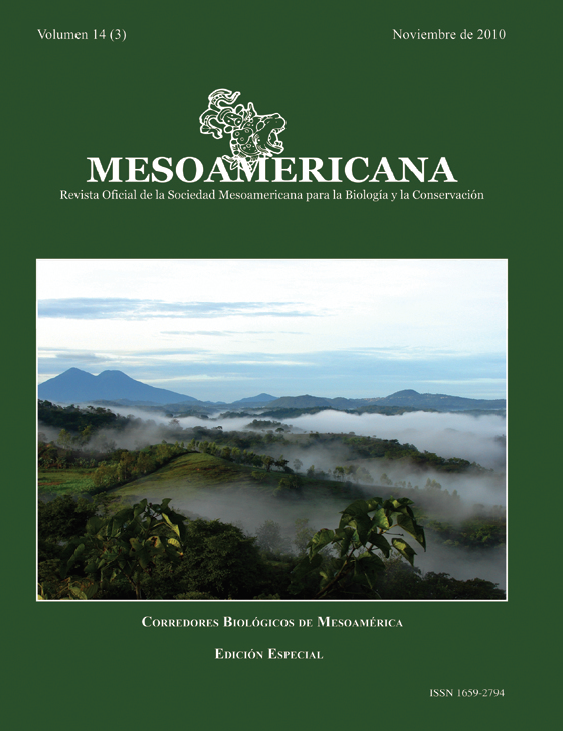

Anthropic processes that cause forest fragmentation have been very evident in a sector of San Juan-La Selva Biological Corridor, known as “Tapón de Chilamate” (Chilamate´s Stopper). Due to ecosystem vulnerability, only one of the forest fragments of the region is capable of providing connectivity in this particular landscape. To face this problem, integral tools must be sought to reestablish connectivity in the area and to become a model for the whole Biological Corridor. A Structural Conservation Network was created, considering conservation priority levels of different patches, as well as the friction that distinct soil uses generate on connectivity and socioeconomical characteristics and communities perception. This integral methodology was developed at a detailed scale (1:25,000), being pioneer on the work at this scale for the definition of a connectivity network.